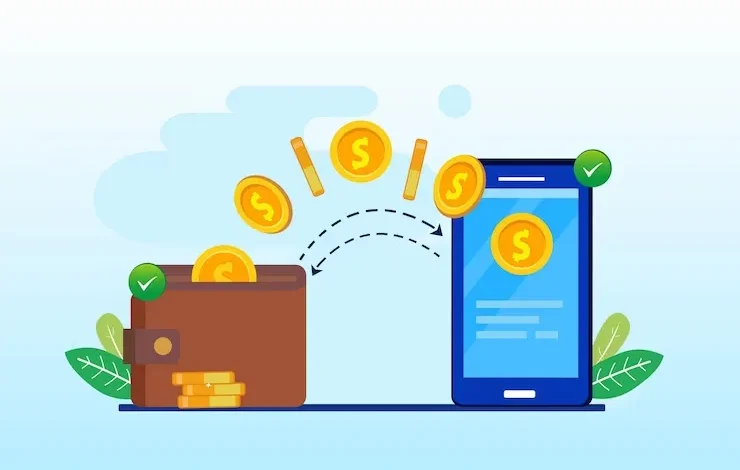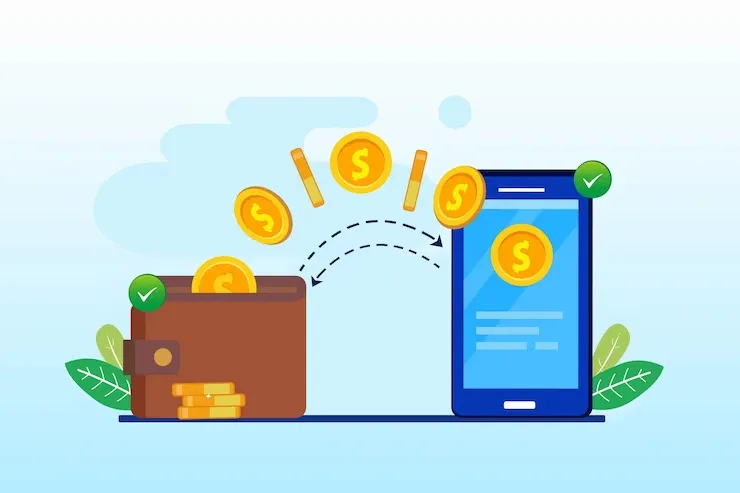Understanding Wallet Transfers: What You Should Know

Understanding wallet transfers is essential for anyone using cryptocurrency, as it involves the movement of digital assets between different wallets, either for personal use or transactions. Wallets serve as secure digital storages for cryptocurrencies, and transfers allow users to send funds to others or across personal accounts.
Each wallet has a unique address, and transferring funds requires entering the recipient’s address, selecting the cryptocurrency type, and confirming the transaction. Wallet transfers are typically irreversible, so accuracy is crucial to avoid loss of funds.
Fees are often involved and can vary based on factors like network congestion and the cryptocurrency type. Security is also a key consideration; many users protect their wallets with passwords, two-factor authentication, and sometimes hardware solutions to prevent unauthorized access. Understanding these aspects can make crypto transactions smoother and more secure, whether for daily use or long-term investments.
Any investor or user in the cryptocurrency industry must comprehend wallet transfers, as they are vital tools for managing your digital assets. What you should know about wallet transfers is as follows:
1. What is a Wallet and how can it benefit your company?
In its most basic form, a wallet is a place to keep personal belongings including cash, credit cards, and identity documents. But in the world of technology, the word “wallet” has a wider definition, especially when discussing digital assets and cryptocurrencies.

Digital Wallet
A digital wallet, also known as an e-wallet, is a software application that allows you to store and manage your digital assets, such as cryptocurrency, loyalty points, and gift cards. It acts as a secure digital container for your valuable digital information.
Safe Data Administration:
Robust Encryption: To safeguard private financial data, digital wallets frequently use strong encryption methods.
Decreased Fraud Risk: Companies can lower their risk of fraud and theft by handling cash and physical cards less frequently.
Marketing and Brand Building:
- Digital branding: A branded digital wallet can increase consumer loyalty and brand identification.
- Targeted Marketing: Create customized marketing efforts by using the information gathered via digital wallets.
Benefits and incentives for employees:
- Digital Payment Solutions: Simplify payroll and financial procedures by giving staff members digital wallets for expenditure reimbursements or salary disbursements.
- Programs for Incentive: To promote a happy workplace, use digital wallets to give out incentives, bonuses, or staff discounts.
2. How is money made in a wallet?
1. Safe Fund Storage: Because digital wallets keep money digitally, users can safely store and access it from any connected device.
2. Transactions and Payments: Purchasing goods, transferring funds, and making payments are all simple processes. You can easily handle international transactions using wallets that accept several currencies.
3. Interest and Rewards: Some wallets collaborate with banks to provide cashback on particular purchases or interest on amounts that are held. The money you retain in your wallet may gain additional worth thanks to this feature.
4. Cryptocurrencies and Investments: Some wallets let users make cryptocurrency or stock investments right within the program. The user essentially “makes” more money without ever leaving the wallet environment if these investments increase.
5. Loyalty Programs: Wallets frequently connect to credit cards and store loyalty programs, which offer points that can be exchanged for goods or discounts, providing the user with additional financial advantages.
Key Features of a Wallet:
1. Store Purchases: Customers can use a wallet to make purchases both online and in physical stores. This is frequently accomplished by merely scanning a QR code.
2. Digital transfers of cryptocurrency: assets between wallets on a blockchain network are known as cryptocurrency transactions. These transactions don’t depend on banks or middlemen because they are transparent, safe, and decentralized. Through a procedure known as mining or validation, a network of computers (or “nodes”) verifies each transaction, guaranteeing legitimacy and thwarting fraud. coin transactions are typically quicker and less expensive than traditional banking, though costs and times vary each coin.
3. Online and in-store payments: Use your smartphone to make payments both online and in-store. They just need to enter the transaction information or scan the merchant’s QR code to accomplish this.
4. Money transfers: Send and receive money to bank accounts and other platform users.
5.Balance top-up: Top-up your balance through different methods, such as bank transfers, credit or debit card payments, or cash top-ups at authorized merchants.
Cell phone recharge: Recharge the balance of your cell phones through the platform.
Conclusion:
Wallet transfers, which enable users to send and receive money securely, are a crucial component of managing digital assets. Understanding the transfer procedure, including transaction costs, security precautions, and verification times, is crucial whether working with conventional digital wallets or cryptocurrency wallets. You may make the most of your digital financial tools and guarantee safe and effective transfers by being aware of these issues.
FAQs:
1. Are transfers from wallets safe?
Transferring money between wallets is safe, especially when using digital and cryptocurrency wallets. To prevent fraud, they frequently employ blockchain technology, encryption, and authentication.
2. Are there fees associated with wallet transfers?
The type of wallet and network have an impact on fees. While cryptocurrency wallets might have transaction fees dependent on network traffic, digital wallets like PayPal might only charge nominal costs for transfers.
3. What is the duration of a wallet transfer?
The network and wallet type determine how long it takes. While cryptocurrency transactions can take anywhere from a few seconds to several minutes or longer, depending on blockchain congestion, digital wallets typically finish transfers in a matter of minutes.
4. What Is the Process of a Wallet Transfer?
- Start: The sender enters the amount to be sent and the recipient’s wallet address.
- Verification: The payment processor (for digital currencies) or the blockchain network (for cryptocurrencies) confirm the transaction.
- Verification: After being confirmed, the money is transferred from the sender’s wallet to the recipient’s wallet.
5. Do Wallet Transfers Come with Any Risks?
Although wallet transfers are usually safe, there are several possible dangers:
- Cybersecurity Risks: Strong passwords and security procedures are crucial since hackers may target digital wallets.
- Regulatory Uncertainty: Wallet transfers may be impacted by changes to the rapidly changing regulatory environment surrounding digital currency.
- Market Volatility: The value of your wallet balance may change as a result of fluctuations in the value of cryptocurrencies.



